PDF Document Editing
Comprehensive Editing and Customization ToolsModify, brand, and enhance PDF content
across platforms
Our PDF editing SDK provides developers with comprehensive tools for document modification, customization, and enhancement. This feature group enables precise control over PDF content, appearance, and structure without requiring complex workflows or third-party dependencies. These capabilities allow your applications to offer users the ability to modify existing documents, apply consistent branding, create standardized templates, and customize text presentation across platforms.
Whether you're building document management systems, enterprise form solutions, or content publishing applications, these features provide the foundation for professional document editing and customization that maintains PDF integrity while enabling flexible modifications.
Features Summary
Features Details
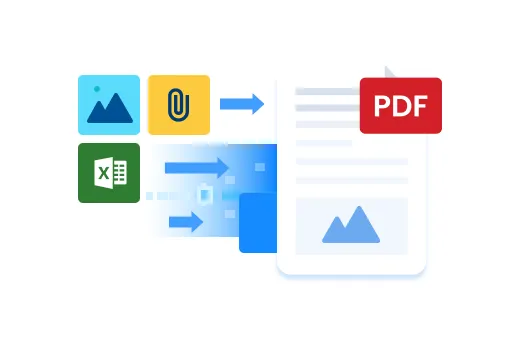
File Attachments
The File Attachments feature allows developers to embed any file type directly within PDF documents, creating self-contained information packages. This capability enables your applications to bundle related resources with the main document, maintaining associations between reference materials and primary content. The SDK provides methods to add, extract, and manage attachments programmatically, supporting workflows where supplementary files must travel with the primary document. This feature is particularly valuable for technical documentation, legal contracts, and educational materials where supporting files enhance the primary content.
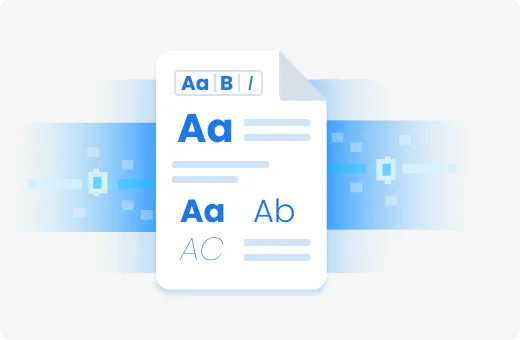
Customizable System Fonts
The SDK's font customization system gives developers precise control over text appearance across all platforms. This feature enables applications to specify, substitute, and render fonts consistently regardless of what fonts are installed on the end-user's system. You can define fallback sequences, embed font subsets for guaranteed rendering, and map between font families to maintain document fidelity. The PDF editing SDK handles the complexities of cross-platform font compatibility, allowing your applications to deliver visually consistent documents that maintain their design integrity across viewing environments.
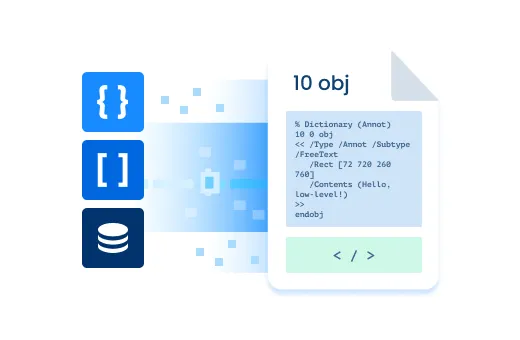
Low-Level Objects
The Low-Level Objects feature provides direct access to the underlying structure of PDF documents, enabling sophisticated manipulation beyond standard editing operations. This feature allows developers to create, modify, and interact with core PDF elements including dictionaries, arrays, streams, and other primitive objects. With the SDK's object-level access, applications can implement custom document behaviors, extend standard PDF functionality, and build specialized document workflows. This capability is essential for advanced document processing scenarios where standard APIs don't provide sufficient control over document structure.
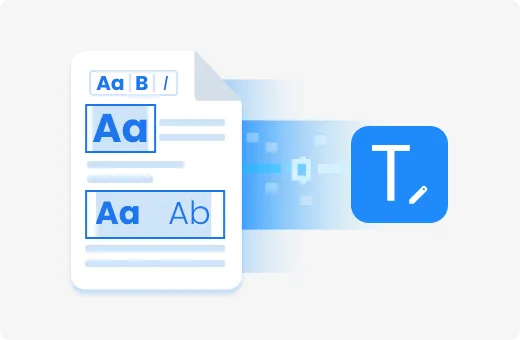
Text Edit Functionality
The Text Edit feature enables precise modification of text content within existing PDF documents without disrupting layout or formatting. Developers can implement text replacement, styling changes, and content updates that respect the original document structure. The SDK handles the complexities of font subsetting, text positioning, and content streams, making text modifications straightforward to implement. With the PDF editing SDK's text capabilities, your applications can offer document correction, content updates, and text customization while maintaining the document's visual integrity and searchability.
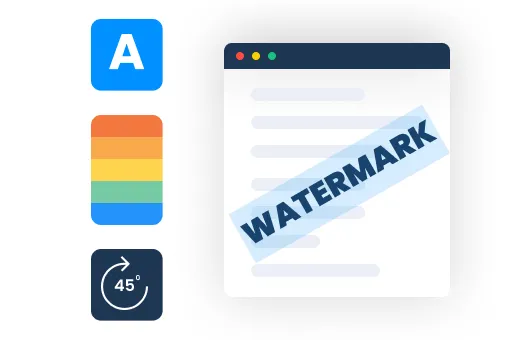
Add Watermarks
The watermarking feature allows applications to overlay text or images onto PDF pages with complete control over positioning, opacity, rotation, and other visual properties. Developers can implement dynamic watermarks based on document status, user information, or timestamp data. The SDK provides methods to apply watermarks to specific pages or entire documents, with options for placing content in the foreground or background. This capability is essential for applications that need to indicate document status, enforce branding, or add security identifiers to sensitive documents.
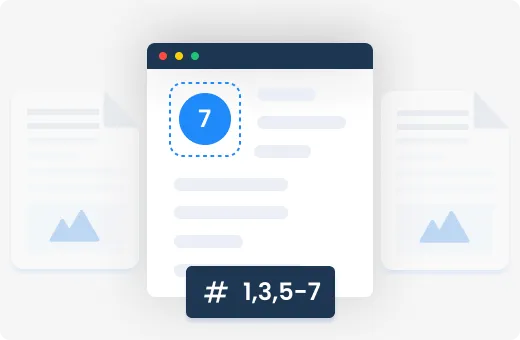
Add Page Numbers
The page numbering feature enables automatic insertion of page numbers with customizable formatting, positioning, and styling. Developers can implement complex numbering schemes including section-based numbering, roman numerals, and custom formats. The SDK handles the calculations and positioning logic, making it simple to add professional pagination to documents. This capability integrates with the PDF editing SDK's broader page manipulation features, allowing applications to maintain correct numbering even when pages are added, removed, or reordered within the document.
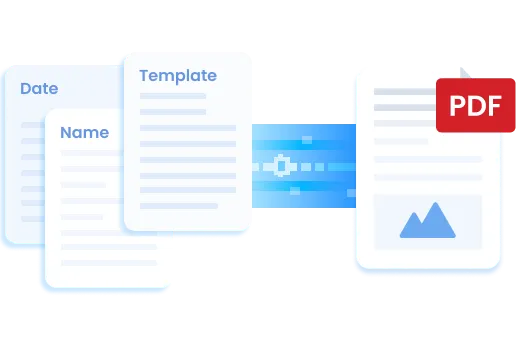
PDF Templates
The PDF Templates feature provides a framework for creating and applying reusable document designs for consistent output generation. Developers can define template documents with placeholders for dynamic content, then programmatically populate those templates with specific data. The SDK handles the merging of template structures with variable content, maintaining formatting and layout consistency. This capability is particularly valuable for applications that generate reports, certificates, contracts, or other standardized documents where visual consistency is essential across multiple document instances.